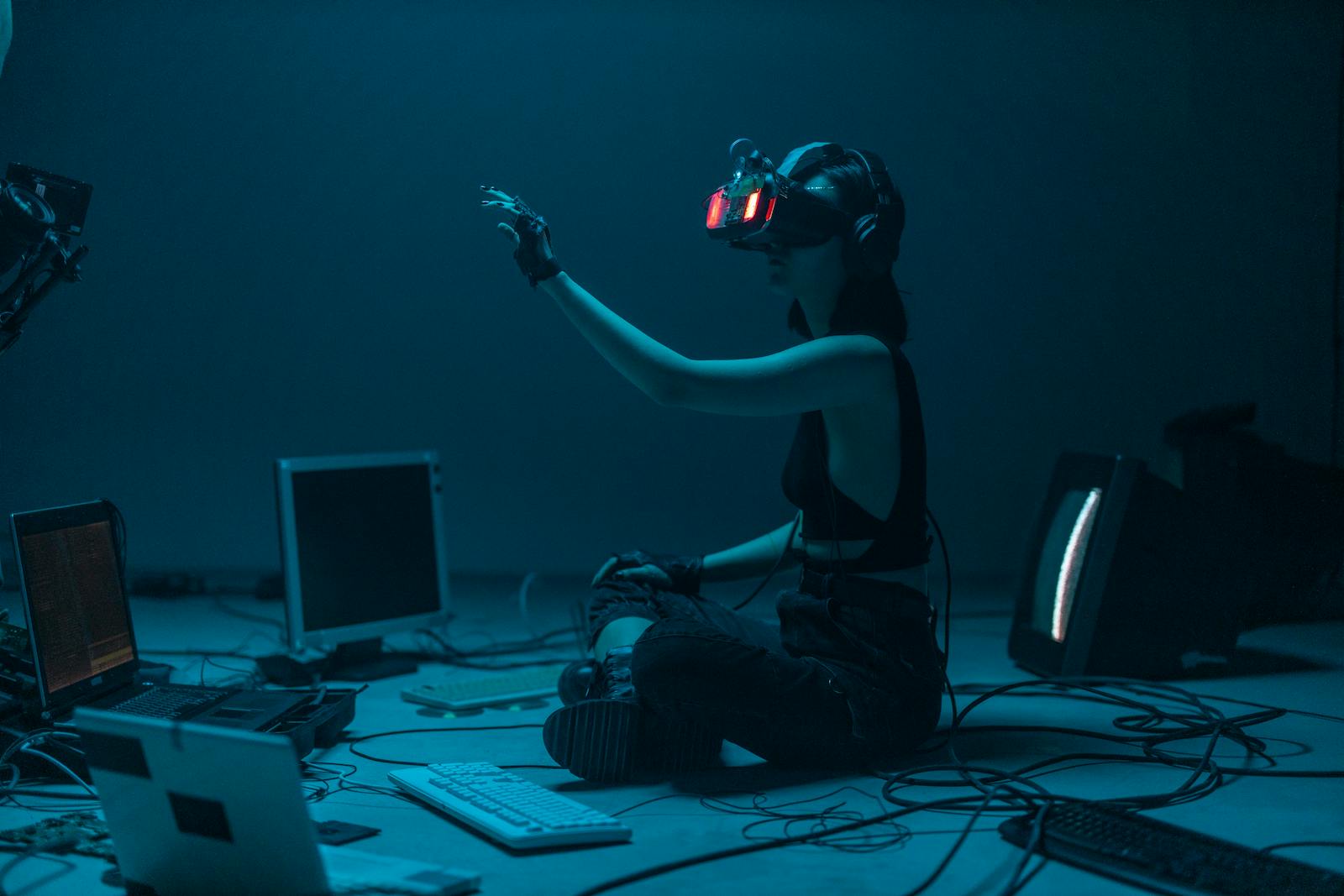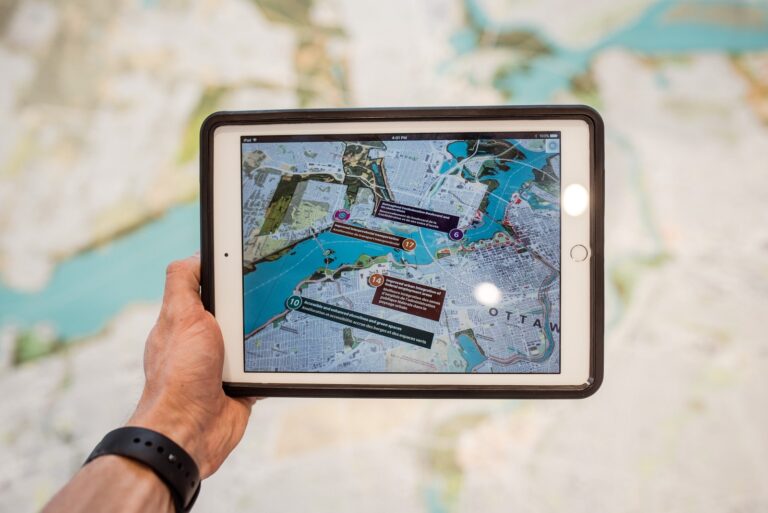In-Depth Review: Meta Quest 3 – The Current Best Choice for VR, but What About the Future?
Meta’s Quest series has undeniably become the world’s best-selling VR product, with total sales surpassing 20 million units. Now, the Quest 3 is on the market. But is it really worth shelling out $529 to experience VR or MR?
Major Improvements Over Quest 2
Design and Comfort
Compared to the second generation, the Quest 3 brings significant upgrades, starting with its basic design and comfort. The overall feel is substantially improved. For those who have used Quest 2, the enhancements in wearability and ergonomics will be immediately noticeable.
Enhanced Visuals and Comfort for Glasses Wearers
One of the biggest changes is the introduction of three black capsules on the front: two RGB cameras and one depth sensor. This upgrade is especially beneficial for those who wear glasses. The larger opening allows even bulky frames to fit comfortably, eliminating the need for the cumbersome process of inserting glasses into the headset.
Adjustable IPD
The inter-pupillary distance (IPD) adjustment has evolved from three fixed settings on the Quest 2 to a smooth, continuous adjustment on the Quest 3. A dial allows users to precisely set their IPD between 58 and 70mm, catering to a broader range of users.
Built-In Glasses Spacer
The Quest 3 integrates the glasses spacer into the headset, which can be adjusted for both width and depth, accommodating various frame sizes without the need for an additional accessory. This feature ensures a snug fit, enhancing both comfort and field of view.
Improved Audio Experience
The audio has also seen an upgrade. While the Quest 2 had a single speaker on each side, the Quest 3 boasts four speakers, providing a more immersive sound experience. However, it’s important to manage expectations—these are still open speakers, so for a richer audio experience, using headphones is recommended.
Weight and Build Quality
Despite the improvements, the weight remains similar to the Quest 2, around 520 grams. However, the build quality feels more solid, reducing the toy-like impression of its predecessor. The exterior is still made of grey and white plastic, unlike the premium materials used in devices like Vision Pro.
New Controller Design
The controllers have undergone a redesign, ditching the circular rings for a sleeker form. They are lighter by 20 grams, which is beneficial for prolonged use. However, this change might pose challenges for users who have customized their controllers for specific games, like attaching accessories for table tennis.
Key Features and Innovations
Full-Color Passthrough
One of the standout features is the full-color passthrough mode enabled by the two RGB cameras and the depth sensor. This provides a significant leap from the black-and-white passthrough of the Quest 2, offering a more realistic and immersive mixed reality experience.
Depth Sensor
The depth sensor simplifies setting up the play area. It can automatically detect the boundaries, making the process quicker and more accurate compared to manually drawing the boundaries.
The Verdict: Is the Quest 3 Worth It?
While the Quest 3 brings numerous upgrades and a more refined VR experience, whether it’s worth the investment depends on individual preferences and needs.
Strengths
- Enhanced Comfort and Design: The improvements in ergonomics and comfort are substantial, especially for glasses wearers.
- Better Visuals and Audio: The full-color passthrough and additional speakers offer a more immersive experience.
- Usability: Features like the built-in glasses spacer and adjustable IPD cater to a wider audience.
Limitations
- Software and Content: The biggest drawback is the lack of compelling software and applications. Despite being in the market for over three years, the Quest platform still lacks a robust library of games and apps that can sustain long-term engagement.
- Weight and Heat: The headset’s weight and tendency to heat up can be uncomfortable for prolonged use, especially in warmer climates.
Future Prospects
Despite the current advancements, the future of Quest remains uncertain. The lack of engaging software could hinder its long-term success, much like the fate of the Wii. For the Quest to thrive, deeper integration with platforms like Steam might be necessary to provide a richer gaming experience.
Conclusion
The Meta Quest 3 is undoubtedly the best value for money for those looking to delve into VR or MR. However, whether it’s a must-buy depends on individual preferences and use cases. For some, the weight and comfort might be deal-breakers, while for others, the potential of experiencing a new dimension of digital interaction could be compelling enough.
Overall, the Quest 3 offers a glimpse into the potential of VR and MR, but the journey to mainstream adoption and practical utility is still in its early stages.







